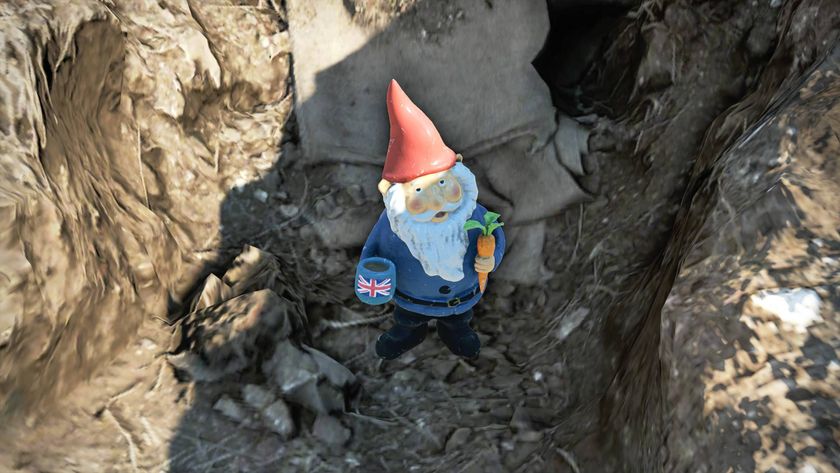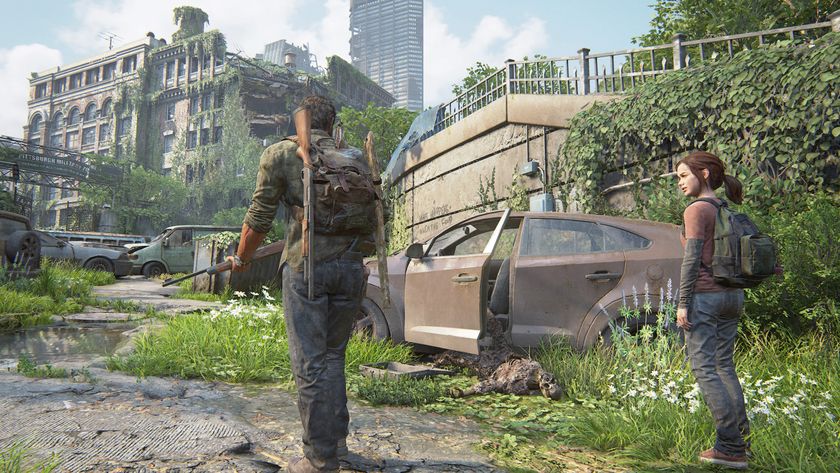The rise and fall of the mine cart level
The art, science, and tragic history of the greatest gaming innovation known to man
It turned out that the brutal realities of 1920s mining were actually a hell of a lot of fun, and by translating them so accurately, game developers inadvertently created the greatest and most enjoyable design innovation in gaming history. For a long, none-more-beautiful period, it looked like the joys of mine cart levels would never leave us. Butthey did. And gaming still mourns to this day. In long-overdue tribute, here’s the 100% accurate GamesRadar account of how it all went down.
For a time, a 2D platform game could not be officially labelled a 2D platform game unless it contained its requisite token mine cart level. Inserted as a way to break up the pace of a game with some seat-of-the-pants, auto-scrolling action, a good mine cart ride (and it is scientifically proven that there is no other kind) could make an average game good and turn a good game into an experience so special as to causethe player to spontaneously evolve. There are several documented casesof that happening in 1993alone.
Genealogy
There were two main types of mine cart level, although in certain specific examples boundaries can blur:
#1 You are the cart
Above: Say what you like about the pink powder puff. Kirby 64 is a PROPER MAN'S GAME
In this type of mine cart level, the cart/character combo becomes the controllable avatar. You jump, your cart jumps. This facilitated the inclusion of ludicrous-speed, insta-kill platforming and skin-of-the-teeth navigational decisions in even the most ordinarily sedate games. Within the mine carting community, these are commonly referred to as “Proper man’s carting”, or PMC for short.
Sign up to the 12DOVE Newsletter
Weekly digests, tales from the communities you love, and more
#2 The cart is your personal platform
Above: For the most part, Rocket Knight Adventures' Sparkster prefers the security of the foot-bound cart
This school of design bonded player character and cart by an invisible elastic band, meaning that while the player was free to jump out of his noble iron chariot, he would always return to it safely upon his descent. With no direct control over the cart’s path and no risk of falling to a tooth-crunching death as face rapidly met track, these mine cart rides were largely aesthetic diversions; merely an excuse to slap a hastily scrolling background over what was essentially, ironically, a fairly static version of the game’s standard action. To the mine carting community, these are known as “Carting for blouses”, or CFB.
Say what you like about music, art or natural catastrophes. If the ‘90s proved one thing, it was that nothing brings human beings together like mine cart riding. Following the start of the great 16-bit platformer rush of 1990, everyone was doing it. The kids were even modifying their home-made soap box racers to look like mine carts and smudging coal dust on their faces before going out to play.

To mine cart purists, the pinnacle of the genre arguably came in 1994 with the seminal railwork of Rare’s Donkey Kong Country. With speed and track complexity perfectly balanced for an optimum thrill/control ratio, the two levels “Mine Cart Carnage” and “Mine Cart Madness” are rightly revered by carting historians to this very day.
Not just happy to make the levels spectacularly playable thanks to their carts’ brilliantly engineered calibration of weighting and wooshiness, Rare had the sheer audacious genius to compound this landmark step for the genre with one hell of a flourish. In a pioneering move thought foolhardy, even dangerous, by some, in Mine Cart Madness it managed to combine both PMC and CFB in orderto createa manly transvestite of a level. And it was a honking great success.
The method? The pace of the cart was matched by the Kongs' forward jumping speed, but the iron steeds of this level were certainly not the reliable old safety nets of traditional CFB. They frequently bailed uncontrollably down gaps in the track, forcing a swift death-or-glory leap to the next, and this was compounded by a borderline terrifying number of enemies, springy platforms and tantalising bonuses, all of whichcould instantaneously separate ape from cart in a deeply lethal sense.
It was CFB cranked up to death-defying hardcore standards. And standing alongside Mine Cart Carnage, it's whatgave backthe DK brand its pride. Pure and simple.













